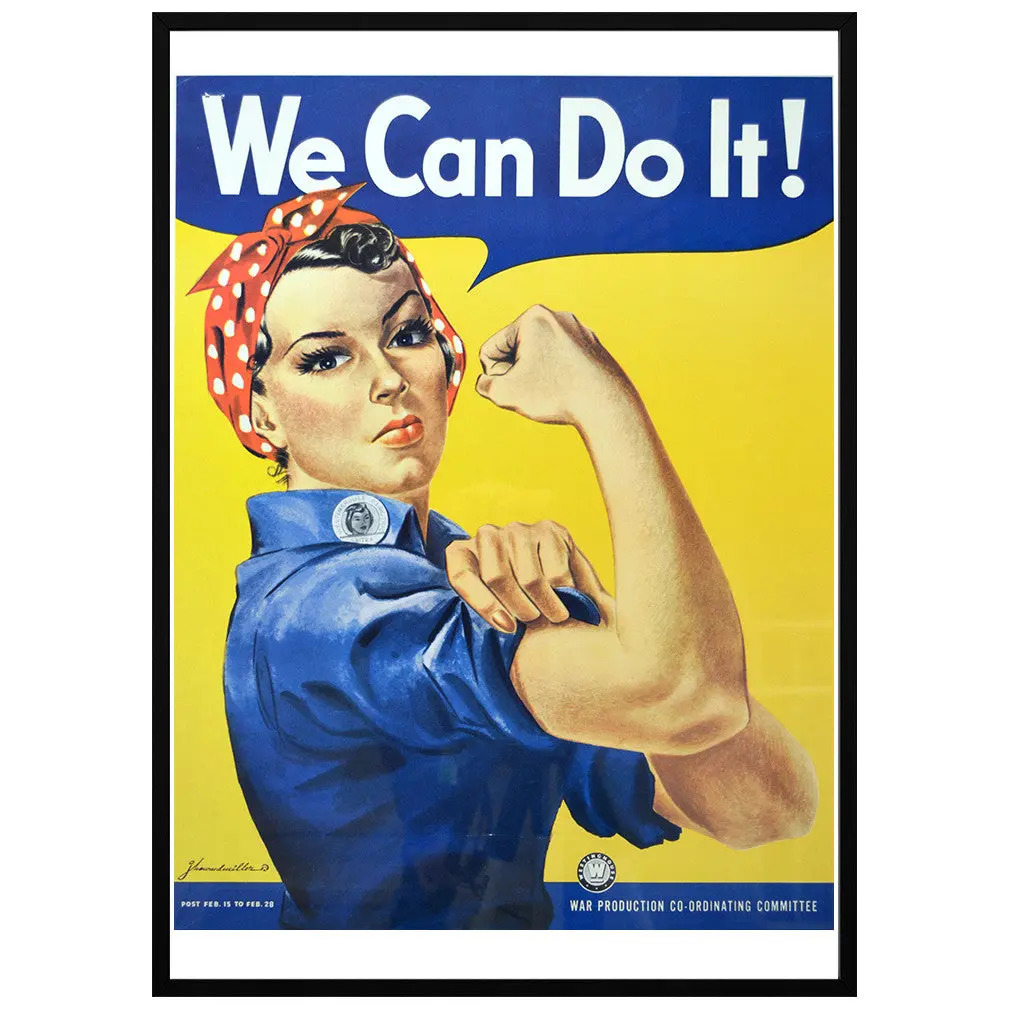How Marketing Has Changed Over the Years
December 2022In the last hundred years, marketing has shifted from a local to global model. The digital age saw perhaps the most significant shift with web traffic and social media monopolizing most marketing budgets. What can we learn from this evolution? Set your flux capacitor for the early 1900s and let’s dig in!


In the last hundred years, marketing has shifted from a local to global model. The digital age saw perhaps the most significant shift with web traffic and social media monopolizing most marketing budgets. What can we learn from this evolution? Set your flux capacitor for the early 1900s and let’s dig in!
The origins of marketing can be traced back to ancient Greece when Aristotle first used rhetoric and storytelling to persuade people. In pre-modern Egypt and China, businesses used papyrus, sign boards and paper to advertise their wares. Later, in medieval Europe, shops simply posted images of their goods above their doors to let the primarily illiterate population know what was within. More recently, the first television commercial aired during a Dodgers baseball game in 1941. The spot cost Bulova Watches $9 in network time.
The lessons of Marketing throughout human history show that most principles remain the same. No matter what era you look at, the goal is always to connect potential buyers with goods and services. It’s only the means and the tools that have changed. In the last hundred years, marketing has shifted from a local to global model. The digital age saw perhaps the most significant shift with web traffic and social media monopolizing most marketing budgets. What can we learn from this evolution? Set your flux capacitor for the early 1900s and let’s dig in!
How Has Marketing Changed in The Last 100 Years?
The term “marketing” first appeared in the sixteenth century where it referred to the buying and selling of things at a market. The contemporary definition – stated as “ a process of moving goods from producer to consumer with an emphasis on sales and advertising” first appeared in 1897. Let’s look at the major shifts that have happened since that definition was published.
From Regional to National and Global
In the twentieth century, marketing fully transformed from a model of regional suppliers to a global marketplace. With ships, trains, automobiles and airplanes, goods could be sent anywhere. Manufacturers recognized a diversity of markets and began producing different models to appeal to different incomes and lifestyles. In 1956 Wendell R. Smith published his now classic article, Product Differentiation and Market Segmentation as Alternative Marketing Strategies that defined these practices that we continue to adopt today.
The Rise of Professional Marketers
As demand for professionals grew, the discipline of marketing became widespread. In the early twentieth century, universities began to teach marketing along with commerce and economics. The desire to understand the customer’s needs, wants and behaviors grew and companies wanted the data. Marketing now included extensive market analysis and product testing.

Societal Marketing
The 1970s saw a push to broaden marketing to include the well-being of the society along with the individual. Marketers now had a social obligation beyond selling products; they also need to consider the greater good of the world. This more ethical approach to marketing suggested that companies needed to act more responsibly. The environmental component of this philosophy eventually morphed into the concept of sustainable marketing.
Relationship Marketing
In the 1990s, companies began focusing more on their relationship with their customers. This initiative was born from the revelation that recruiting new customers costs most businesses roughly five times more than it does to retain their current customers. The result was a bigger push toward quality, customer service, commitment and contact. The interface between consumer and supplier grew. Some theorists suggest that relationship marketing laid the foundation for the social media based campaigns we now see today.
Integrated Marketing
In the late 80s companies recognized the need for a more coherent brand message. Advertising had changed and new marketing channels had emerged such as direct response, sales promotion and public relations. Businesses found that different marketing vendors handled different aspects of their marketing differently. This siloed approach meant that messaging could be inconsistent or confusing for consumers. By the mid 1990s, companies followed a more integrated model for marketing that allowed them to better control their messaging. This integration of communication disciplines set the stage for the digital age.
Digital Marketing
In 1998, a fresh search engine called Google graced the newly popular internet and marketing was never the same. Print media, TV and radio would all quickly take a backseat to digitally-based advertising and marketing. As social media emerged with Facebook, LinkedIn, Twitter and Instagram, companies saw the value of an integrated approach to control their message across channels.
The internet also leveled the playing field for smaller businesses who previously needed large marketing budgets to compete against the bigger players. Suddenly everyone could be a marketer with a direct line to the consumer and the ability to adjust their messaging on the fly.
Successful Marketing Campaigns from The Past 100 Years
Looking back in time illuminates the changes in approach and presentation of marketing materials. Here are some key examples:
The Furrow
One of the earliest examples of content marketing in America is John Deere’s magazine, “The Furrow.” This clever publication contained useful articles on agriculture while promoting the John Deere brand. It became a valuable resource for farmers and positioned John Deere as an industry authority. It began in 1895 as a “Journal for the American Farmer” and still exists today.


The Michelin Guide
You’re probably familiar with the Michelin guide for restaurant and hotel ratings. It began in 1889, just after The Furrow and followed a similar strategy. It was an invaluable resource for travelers while promoting Michelin tires at the same time. It’s also the subject of a legendary marketing story: Originally the guide was distributed for free, but in 1920 when Andre Michelin saw it being used to prop up a workbench in a tire shop, he concluded that a “man only truly respects what he pays for”, and began charging for the guide.
We Can Do It
This classic image of Rosie the Riveter, created for Westinghouse Electric, is an example of an iconic campaign that transcends its original intention. Despite the common assumption that this was a recruitment poster to rally women workers during WWII, the ad was simply created to inspire female Westinghouse employees to work harder. It was only displayed in-house and in 1943, unless you worked for Westinghouse, you never saw it. Since then, it’s become a banner for feminists causes around the globe. Its resurgence in the 1980s just goes to show that a powerful image’s impact doesn’t diminish over time.

Richard Hudnut Cosmetics
A booming economy and heightened sense of personal self-image made for a wild time in 1950s marketing. With TV invading 90% of homes by 1960, plenty of messages about how you should look bombarded the public. Sponsors peddled their wares on prime time and early celebrity influencers were recruited as the face of big brands. Enjoy this mix of commercials featuring a young Betty White hocking cosmetics for smart girls who say “yes, yes, yes.”
Just Do It
Catch phrases like “Don’t squeeze the Charmin” and “A diamond is forever” have long permeated our culture thanks to saturated marketing campaigns. In 1988, Nike hit paydirt with “Just Do It.” The campaign began showing athletes, local and national, doing what they did best. The ads immediately made an emotional connection with consumers and Nike saw their income rocket from the millions to the billions. There’s no denying the power of inspiring your customer base to be their best.

Creativity Goes On
In 2020, Apple found a way to take the difficult experience of the pandemic and turn it into inspiration. Their “Creativity Goes On” campaign proved that no matter how trying times were, with the right attitude and tools, human creativity could still thrive. The highly successful campaign – showing families during lockdown – was a masterclass in how to take something everyone was talking about and approach it with a fresh perspective.
What Can Your Company Learn from The History of Marketing?
We’ve come a long way since the early 1900s when George B Waldron of Mahin’s advertising agency pioneered demographic segmentation by using tax registers, city directories and census data. Now you have access to unlimited data about your customer’s search behavior and buying habits. With messaging and personalization, you can use data to customize your message to each individual customer and build better relationships to drive more conversions.
But where do you start? In the old days, companies spent significant resources on a marketing campaign that took years to build and launch. They trusted marketing professionals to broadcast their brand to the consuming public via multiple channels. While the landscape has changed, much is still the same. You still need a digital marketing team to stay ahead of the trends and position you at the top. Unfortunately, the rise of digital media also means a glut of content. To stand out from the noise, you need to understand the best practices in paid media, SEO and content. You also need to adapt as technology and markets change. A digital marketing firm is indispensable for keeping you ahead.
Put Our Marketing Know How to Work for You
Gemini is in the cyber trenches everyday – learning, producing and achieving for our clients. We thrive on change, growth and opportunity. Put our know how and our drive to work for you. Contact us to consult with one of our experts today. We’d love to craft a marketing campaign for the history books with your brand.
Join the gemini newsletter
Stay up to date on all the latest news ranging from our industry to our agency!

